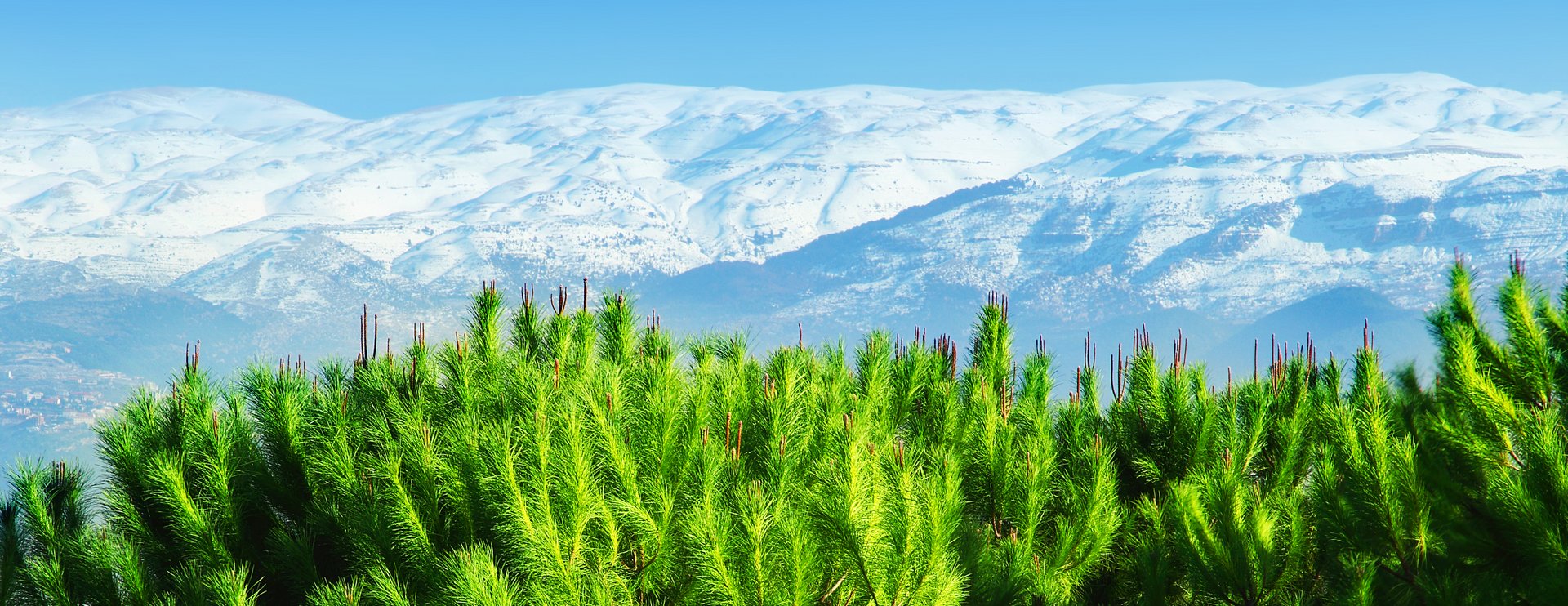About…
Lebanon in the Bible
Lebanon is first mentioned in the description of the boundary of Israel (Deuteronomy 11:24). This land was assigned by God to the Israelites, but was never conquered (Joshua 13:2-6; Judges 3:1-3).
Yahweh our God spoke to us at Horeb, saying, ‘You have stayed long enough at this mountain. Turn and set out, and go to the hill country of the Amorites, and to all their neighbors in the Arabah, in the hill country and in the Shephelah and in the Negev and by the seacoast, the land of the Canaanites, and Lebanon, as far as the great river, the river Euphrates. See, I have given over the land before you; go in and possess the land which Yahweh swore to give to your fathers, to Abraham, to Isaac, and to Jacob, to them and to their seed after them.’ —Deuteronomy 1:6-8 LSB
The name “Lebanon” occurs nearly 70 times in the Old Testament as לְבָנוֹן (Hebrew) —meaning: white.
The ancient inhabitants were Giblites and Hivites (Joshua 13:5; Judges 3:3).
Lebanon was later part of the Phoenician kingdom (1 Kings 5:2-6).
The name of Mount Lebanon originates from the Phoenician root lbn meaning “white”, apparently in reference to its snow-capped peaks. Lebanon proper, Jebel es-Sharki, commences at its southern extremity in the gorge of the Leontes, the ancient Litany, and extends northeast, parallel to the Mediterranean coast, as far as the river Eleutherus, at the plain of Emesa, “the entering of Hamath” (Numbers 34:8; 1 Kings 8:65), in all about 90 geographical miles in extent. The average height of this range is from 6,000 to 8,000 feet; the peak of Jebel Mukhmel is about 10,200 feet, and the Sannin about 9,000. The highest peaks are covered with perpetual snow and ice.
The eastern mountain range, or Anti-Lebanon, or “Lebanon towards the sunrising,” runs nearly parallel with the western range from the plain of Emesa till it connects with the hills of Galilee in the south. The height of this range is about 5,000 feet. Its highest peak is Hermon, from which a number of lesser ranges radiate.
The landscapes of Lebanon are remarkable for their grandeur and beauty, and supplied the sacred writers with many expressive similes (Psalm 29:5-6; 72:16; 104:16-18; Song of Songs 4:15; Isaiah 2:13; 35:2; 60:13; Hos. 14:5). It is famous for its cedars (Song of Songs 5:15), its wines (Hos. 14:7), and its cool waters (Jeremiah 18:14).
Today this land is officially called the Republic of Lebanon. It is bordered by Syria to the north and east, by Israel to the south, and by the Mediterranean Sea to the west; Cyprus lies a short distance away from the country’s coastline. Lebanon’s location at the crossroads of the Mediterranean Basin and the Arabian hinterlands has contributed to the country's rich history and shaped a unique cultural identity.
Ancient places of Lebanon mentioned in the Bible include…
- What is Sidon?
- What is Zidon?
- What is Tyre?
- What is Zarephath?
- What is Aphik?
- What is Hamath?
- Mount Mizar
- Mount Hermon
- Zemar (Zemarites)
- Mount Hor
- Cave of Mearah
- Hethlon
More information
- Phoenicia
- Cedar in the Bible
- Lebanon cedar was delivered to Israel through Joppa
- Forests
- MOUNTAINS of the Bible
- Snow
- Valleys of the Bible
- Kings of the Bible
- Coele-Syria valley
- Who is Quartus?
- Quarries
- Marble
- What towers are in the Bible?
- Pine trees
- Sycamine trees
- Box-tree
- Fir in the Bible
- Mulberry
- Apples
